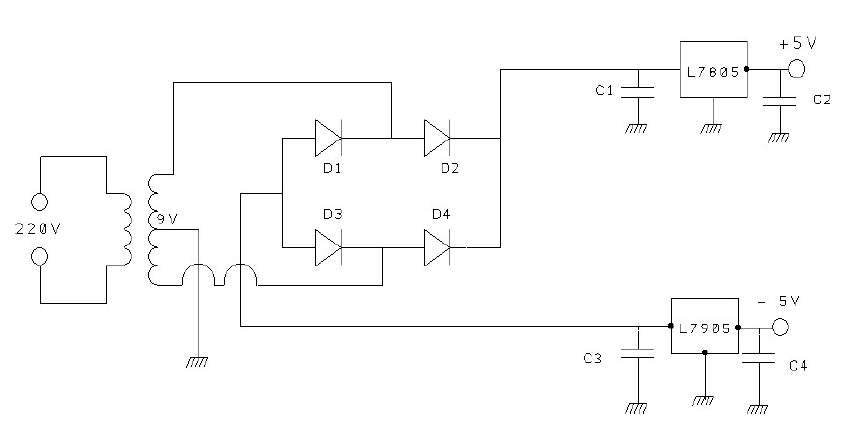Low Voltage Smart Scale Power Design

Designing a smart scale? Powering low-voltage electronics like load cells and microcontrollers can be tricky without the right components. Let’s break it down step-by-step to ensure your scale works efficiently and accurately—especially using Made in India components.
❌ The Problem: Power Drops & Inaccurate Readings
Smart scales typically operate at 3.3V or 5V, and many beginners use LDO regulators to drop voltage from 9V or 12V. However, LDOs often overheat and can’t provide stable current under load—causing fluctuating readings or sudden reboots in ESP-based systems.
✅ The Solution: Efficient Buck Converters
A buck converter (step-down switching regulator) solves this by efficiently converting high voltage to low voltage without excessive heat loss. Modules like MP1584 or LM2596 are ideal for powering components like HX711, ESP8266, and OLED displays in smart scale projects.
🧪 Practical Example: Kitchen Smart Scale Project
Let’s say you’re building a Wi-Fi smart scale to measure kitchen ingredients. You use a 9V battery and an LDO regulator. Your ESP8266 keeps rebooting and the weight readings fluctuate wildly. Switching to a buck converter eliminates voltage dips and heat issues, giving your scale a stable power supply.
🔢 Sample Calculation: Power Efficiency
Your load needs 3.3V @ 300mA →
P = V × I = 3.3V × 0.3A = 0.99W
With a 9V supply and LDO:
Power loss = (9 – 3.3)V × 0.3A = 1.71W wasted!
A buck converter (85% efficiency):
Input power ≈ 1.17W — cooler and battery-friendly!
🛠️ Product Suggestion: Made in India Picks
For stable, efficient design, try these:
⚡ MOSFET for switching applications
🛒 Shop now at SmartXProKits.in
🇮🇳 Support our work and India’s innovation—buy from our Make in India site!




















